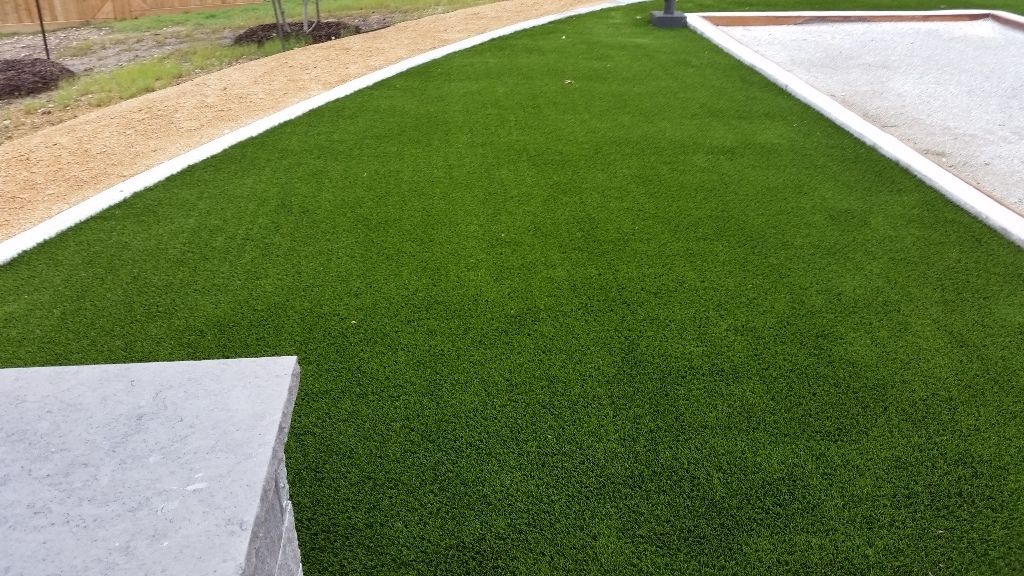
solvida
What is Artificial Turf?
Artificial turf, also referred to as synthetic turf is a combination of man-made material constructed to be a replacement for lawn sod grass installation or real turfgrass. Artificial turf was typically used for athletic fields and golf putting greens, but now many landscaping companies install it on residential properties as a grass substitute.
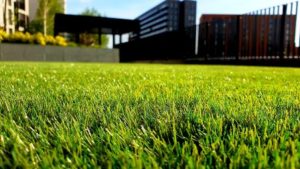
What is Artificial Turf Made Of?
Artificial turf is made of two parts. The first part is the actual blades of grass themselves. The second part is the backing material which binds all of the blades together.
Both parts are manufactured using synthetic fibers which are made from nylon, polypropylene or polyethylene.
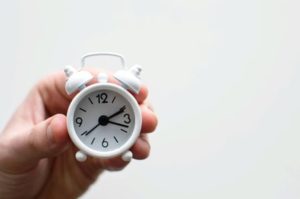
How Long Does Synthetic Grass Last?
A good quality synthetic grass should last 15-20 years. After this time, the blades of turf may start to lay down a bit. The long life span of synthetic grass makes for an excellent grass alternative when compared to the initial cost of sod installation and long term maintenance costs.
The life span of artificial turf will vary a bit depending on the amount of traffic the turf endures as well exposure to extreme temperatures. Your landscape designer or landscaping installation company can help calculate the expected life span of synthetic grass based on your geographic area and the turfs intended use.
The average manufacturer’s warranty for artificial turf is between 12-15 years.
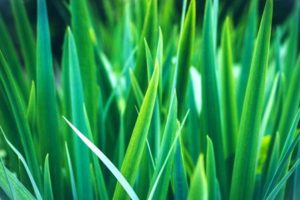
Is There a Difference Between Artificial Grass and Synthetic Turf?
There is essentially no difference at all between artificial grass and synthetic turf. The words grass and turf are used interchangeably. Oftentimes, the word “turf” or “astro-turf” is more closely associated with a shorter blade installation commonly used for athletic fields.
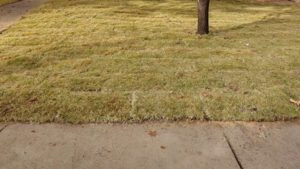
Is Artificial Turf Better than Real Grass?
It is a matter of opinion whether or not artificial turf is better than real grass. If you are weighing the costs, real grass costs a lot less to install compared to artificial turf. However, caring for real sod grass costs a lot more to maintain.
If you are weighing the functionality or look and feel of real grass versus artificial, real grass has the potential to be better than artificial lawn turf. However, you have to do a lot of maintenance to capitalize on the look and feel of real grass. Artificial turf looks a lot like real grass with very little maintenance as compared to installing real sod grass.
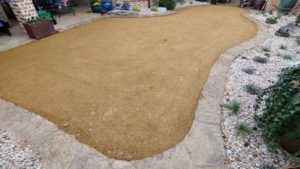
What is Under Synthetic Grass?
Most synthetic grass installations will have 3 layers or materials underneath to help support the product.
Once the area has been excavated, the first layer is weed barrier fabric, the second layer is 3-4 inches of compacted decomposed granite base, similar to what is used to build gravel pathways or walkways, and third layer is one inch of loose sand.
Weed barrier helps to prevent unwanted grass and weeds from growing up through the base material, sand and synthetic grass.
The compacted decomposed granite provides a solid foundation for the synthetic turf and excellent drainage. The excellent drainage properties of decomposed granite under the turf area can compare to the effectiveness of how a french drain works and most times will eliminate the need for expensive landscape drainage correction.
While the sand helps provide a cushion to the overall feel of the installed turf.
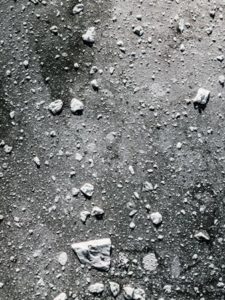
What is the Black Dust on Artificial Turf?
The black dust or “crumb rubber” you see on artificial turf is used mainly for athletic field installations that require better cushion. This crumb is an infill material added between the artificial turf blades to give it more bounce.
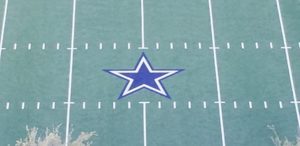
What Kind of Infill Material is Used in Artificial Turf Fields?
Infill materials can be made up of many things such as natural sand, treated sand, crumb rubber and plastic pellets. The infill material used will depend on the main function of the turf.
As stated previously, if the artificial turf is for a playground or an athletic field, you might find the “crumb rubber” used as an infill.
If the artificial turf is being used consistently by pets, there are specially treated sands or plastic pellets to help treat odor and other damage caused by pet waste.
Most common artificial turf applications use a natural sand infill.
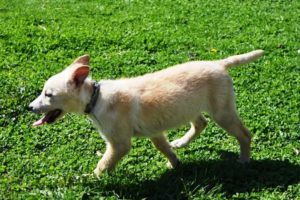
What is the Best Artificial Lawn for Dogs?
If you have pets and your artificial lawn will be used by your pets, you will definitely want to invest in a pet-friendly turf that offers damage and odor protection.
Microban is an antimicrobial protection product that is designed to prevent the growth of bacteria that can cause staining and odor on synthetic grass surfaces. You should insist that your artificial turf uses an infill such as Envirofill that has been treated with Microban or a like product.
In addition, some manufacturers offer artificial turf that is pretreated with an antimicrobial protection product.